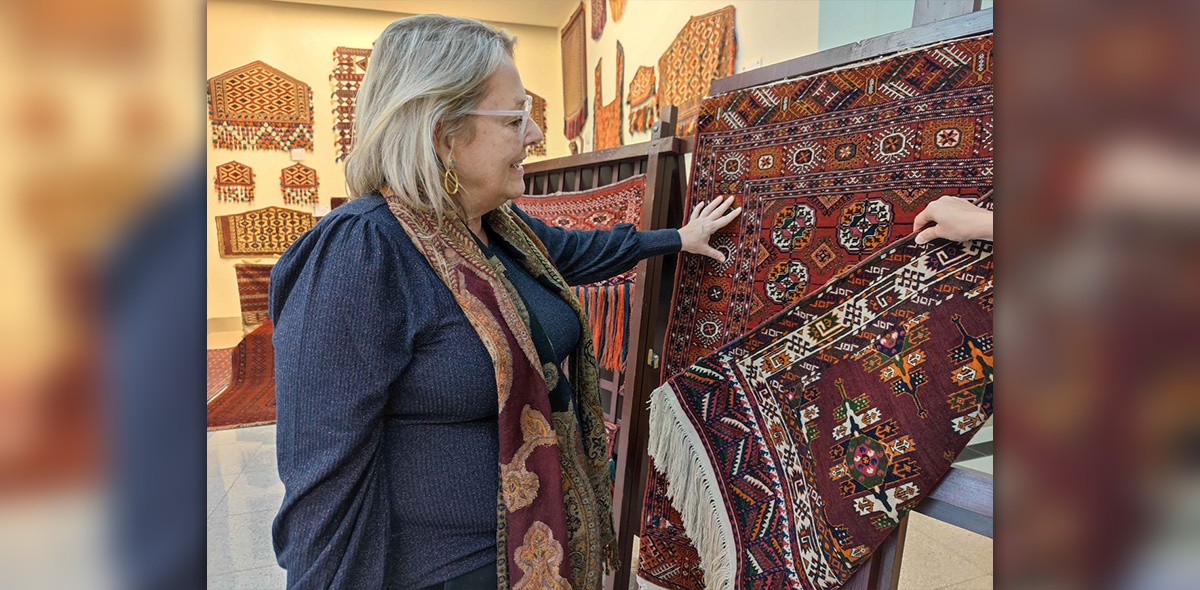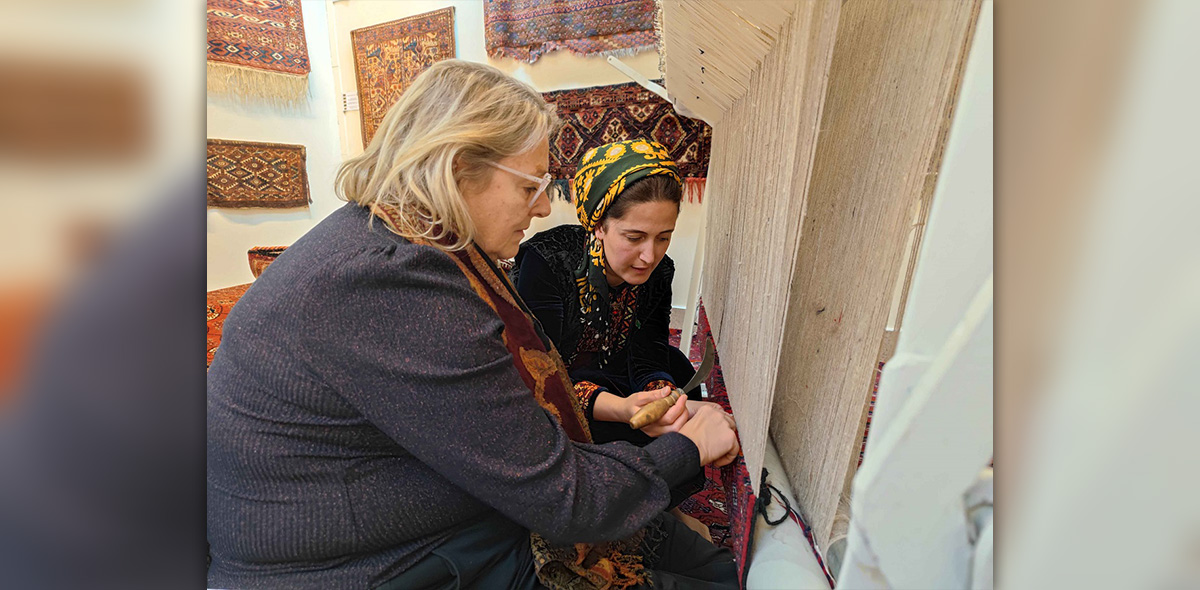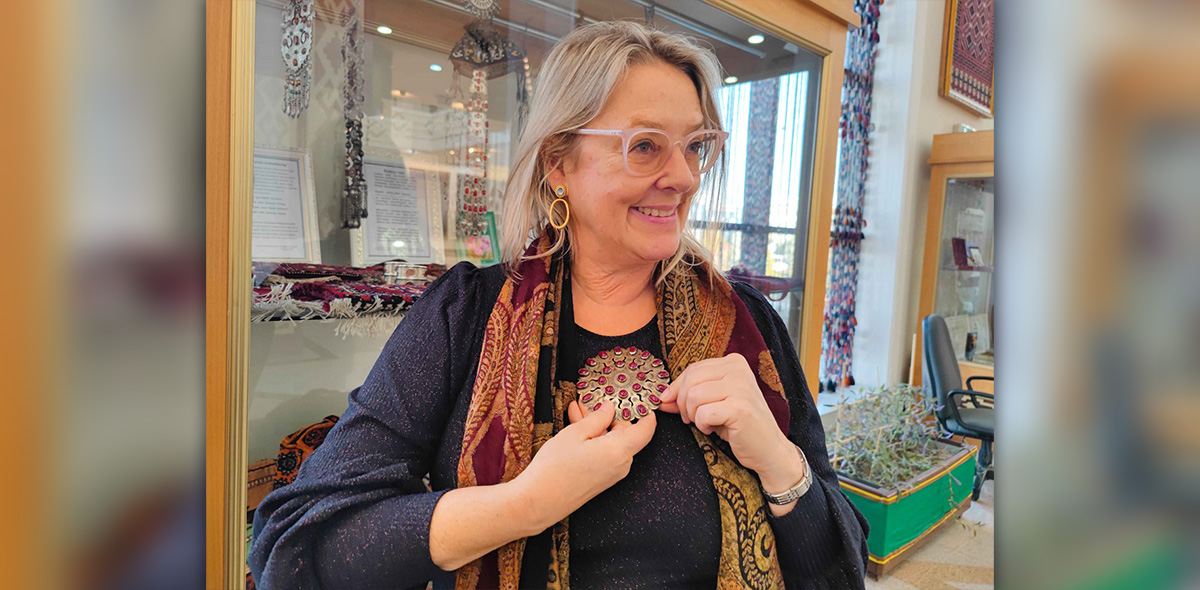The delegation of the Getty American Museum (Los Angeles, California) is again in Ashgabat these days. The next visit was organized as part of the joint work with the State Museum of Turkmenistan on the conservation and restoration of a unique artifact – an image of the Buddha's head, a fragment of sculpture found in Ancient Merv and dated to the 5th century.
This is the 30th project of the U.S. Ambassadors Foundation program for the preservation of cultural heritage.
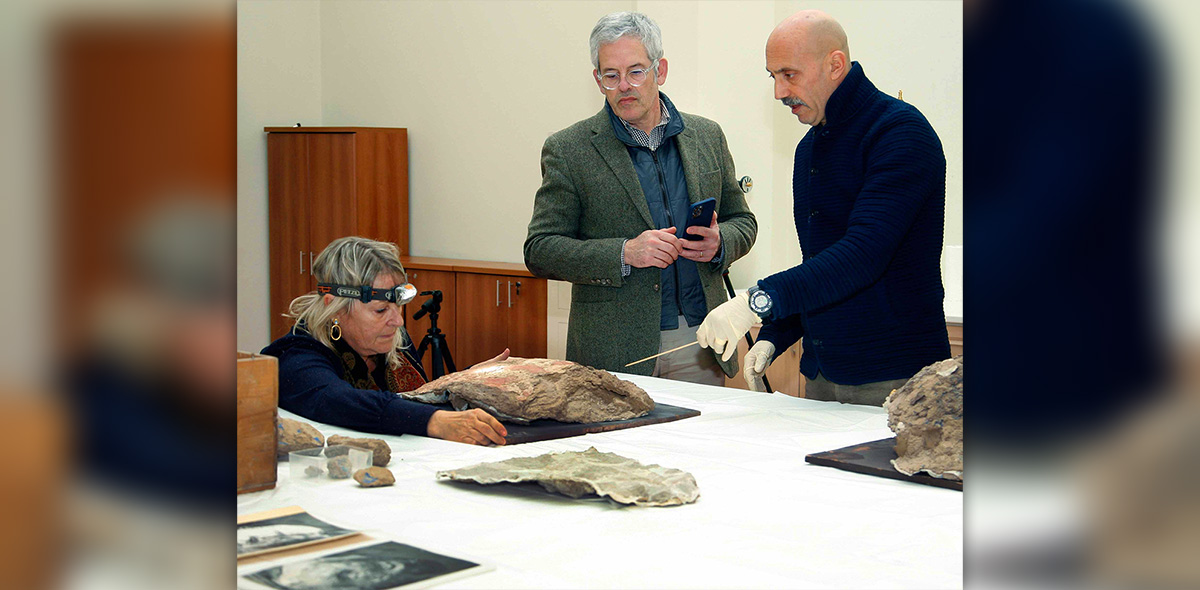
During their previous visit, three specialists – Susanna Gensike, Fabio Colombo and Giuseppe Salemi – assessed the condition of the artifact to determine the best approach to its conservation and restoration.
Today, at the State Museum of Turkmenistan, they presented their interim results and conclusions on the work on the preservation of the Buddha's head, which is part of the stupa, a Buddhist architectural and sculptural cult structure erected in Merv more than one and a half thousand years ago.
This city, located on the ancient Silk Road, was a place of intersection of cultures and religions that peacefully existed side by side in this city.
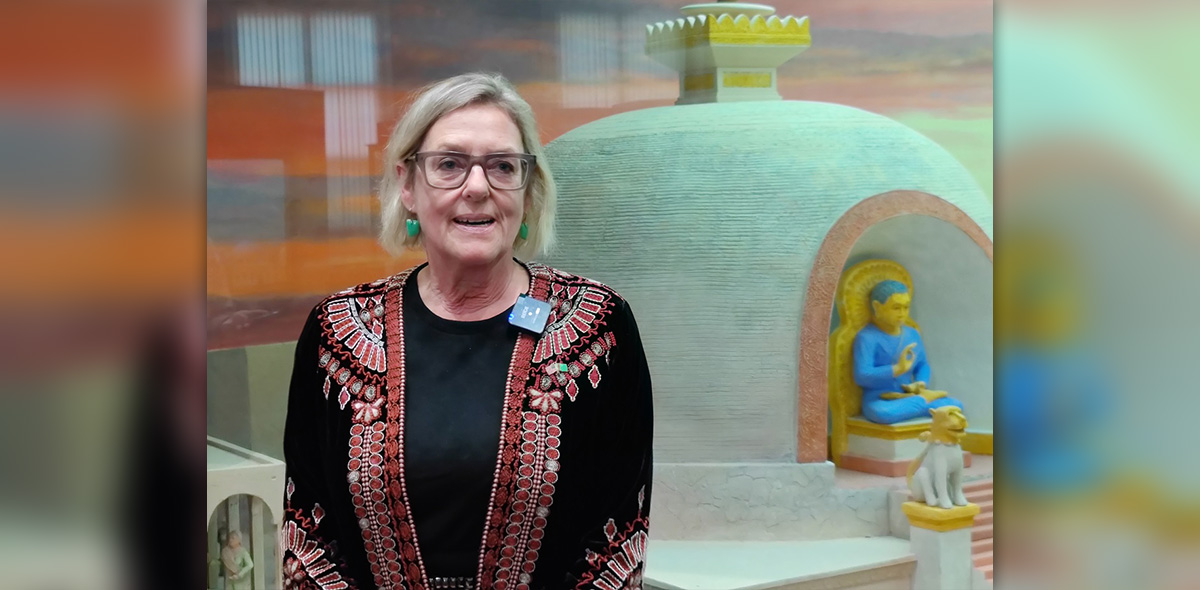
Susanna Gensike, who is the head of the department for the preservation of antiquities at the Getty Museum, said that according to the researchers, the stupa was destroyed, and the head of the statue was buried by Buddhist monks in the ground to preserve it.
The head was found in 1960 by archaeologists who, under the leadership of academician Mikhail Masson, carried out excavations of the Gyaur-Gala settlement of the era of the Parthian Kingdom.
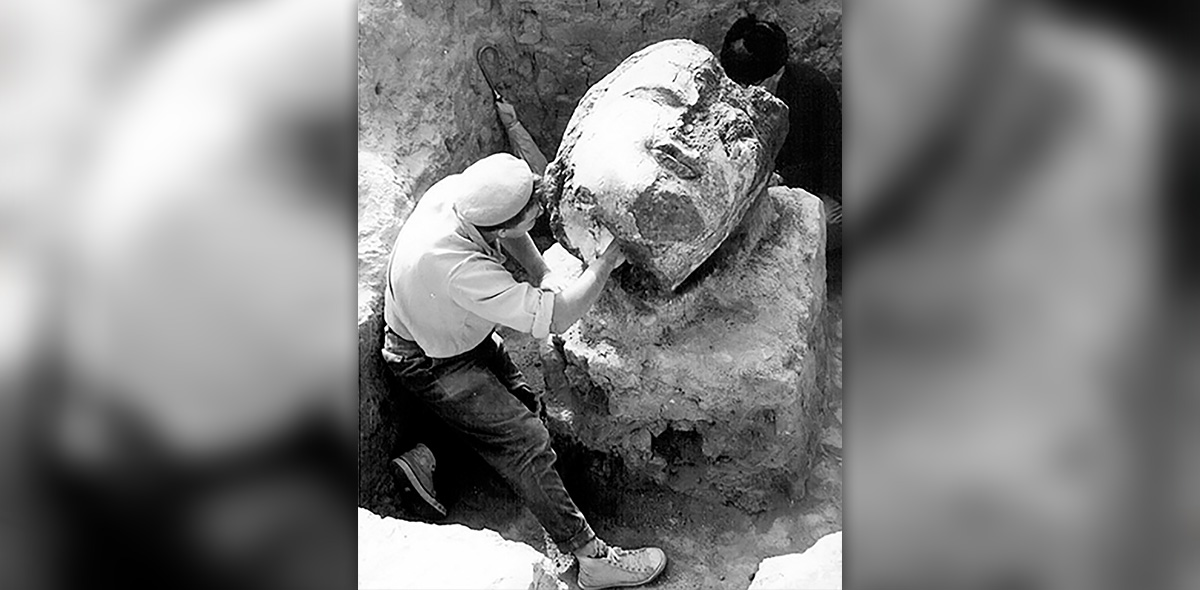
American experts conducted an examination, photo documentation and photogrammetry of the Buddha's head. In particular, 12 clay fragments of the head were recorded, 10 small samples of the face were taken for further study. These steps made it possible to understand the state of preservation and resort to 3D modeling to reconstruct the artifact.
Suzanne Gensike pointed to photographs that give an idea of the size of the monument, made of unbaked clay, which over time and under the influence of various factors led to the loss of many of its details.
"We are pleased to be a part of this important project to restore the Buddha's head, which, by symbolic coincidence, became the 30th project of the U.S. Ambassadors Foundation program for the Preservation of cultural heritage, and this grant was awarded to the State Museum of Turkmenistan in 2022, when Turkmenistan and the United States celebrated the 30th anniversary of diplomatic relations," said Suzanne Gensike.
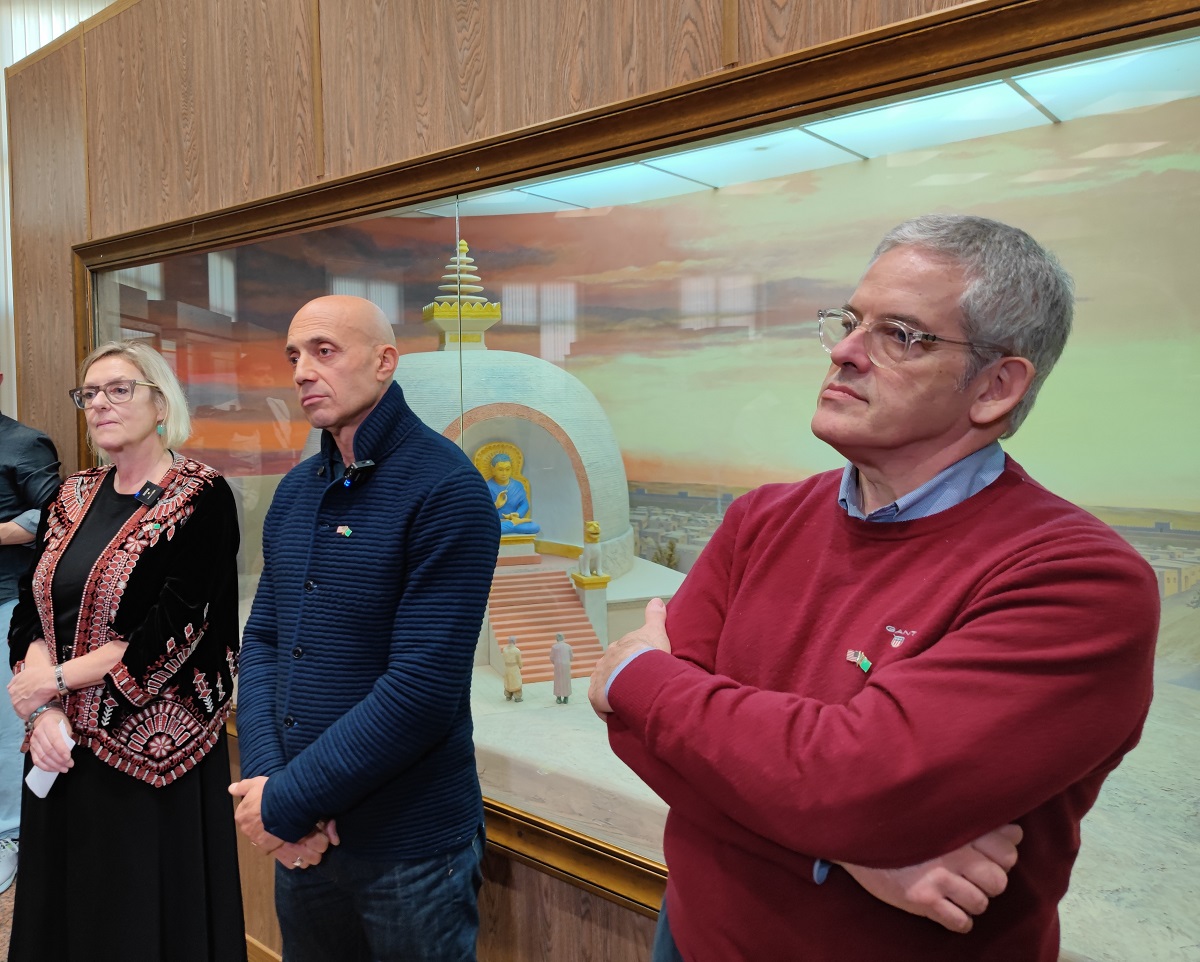
Introducing her colleagues on the project, she noted that Fabio Colombo, as a conservation specialist, focuses specifically on the Buddhist direction in his work, and Giuseppe Salemi is engaged in 3D technologies for the restoration of ancient artifacts – photogrammetry. Fabio and Giuseppe are engaged by the Getty Museum as experts in their field and it is expected that such a complementary collaboration will be successful.
Gensike explained that today the task of the project is to stabilize the fragments of the head in order to further connect them. And this is a rather complicated and time-consuming process, unlike, for example, putting together the fragments of a vase. In this process, she said, researchers are also learning a lot of new things for themselves, learning and experimenting.
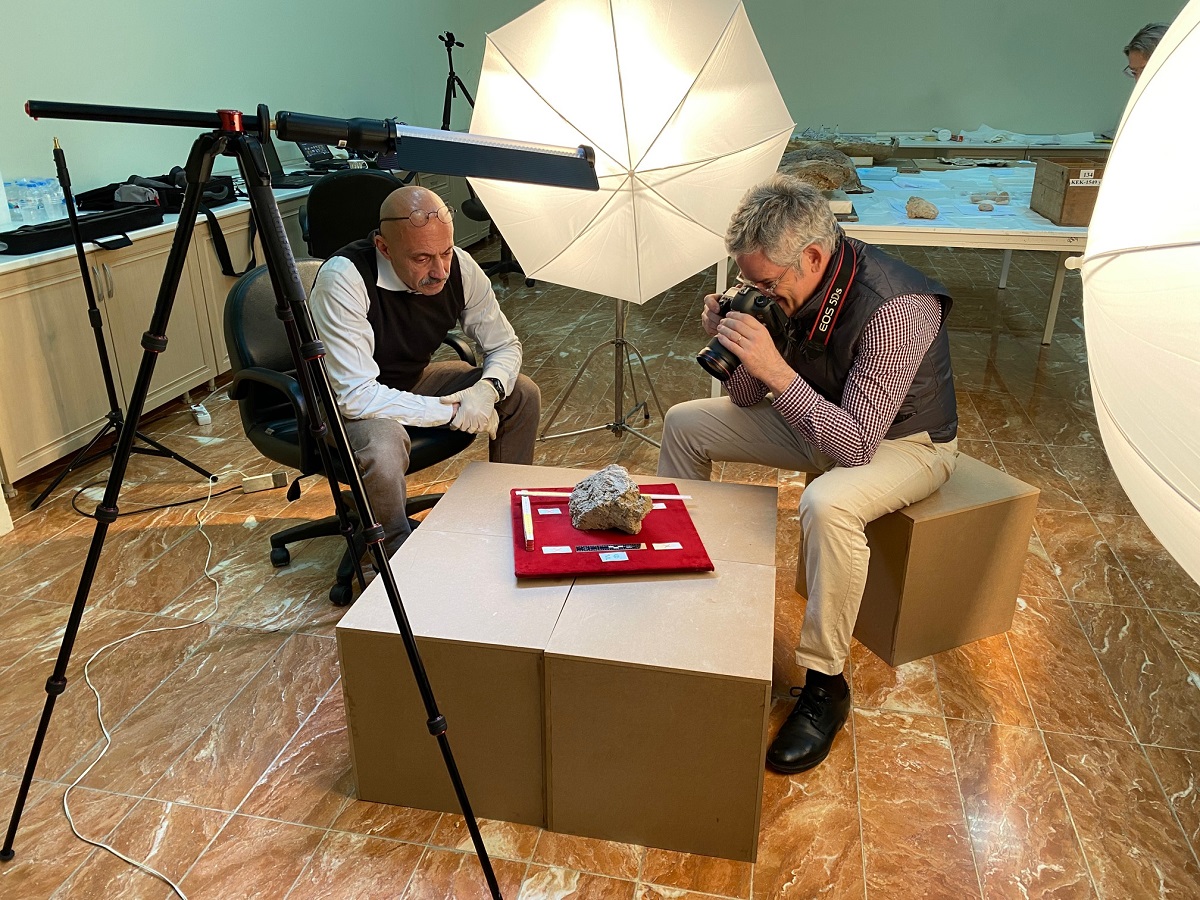
– Now we are at the beginning of our journey to the final goal, and where this path will lead us, we cannot yet say for sure, – she added, talking about the painstaking work on studying the material, its exact dating in order to get closer to understanding what the stupa looked like when it was first built.
Suzanne Gensike thanked the staff of the State Museum of Turkmenistan for their help in this work, the laboratory provided and the trust. She expressed confidence that the work would bring a lot of interesting scientific data.
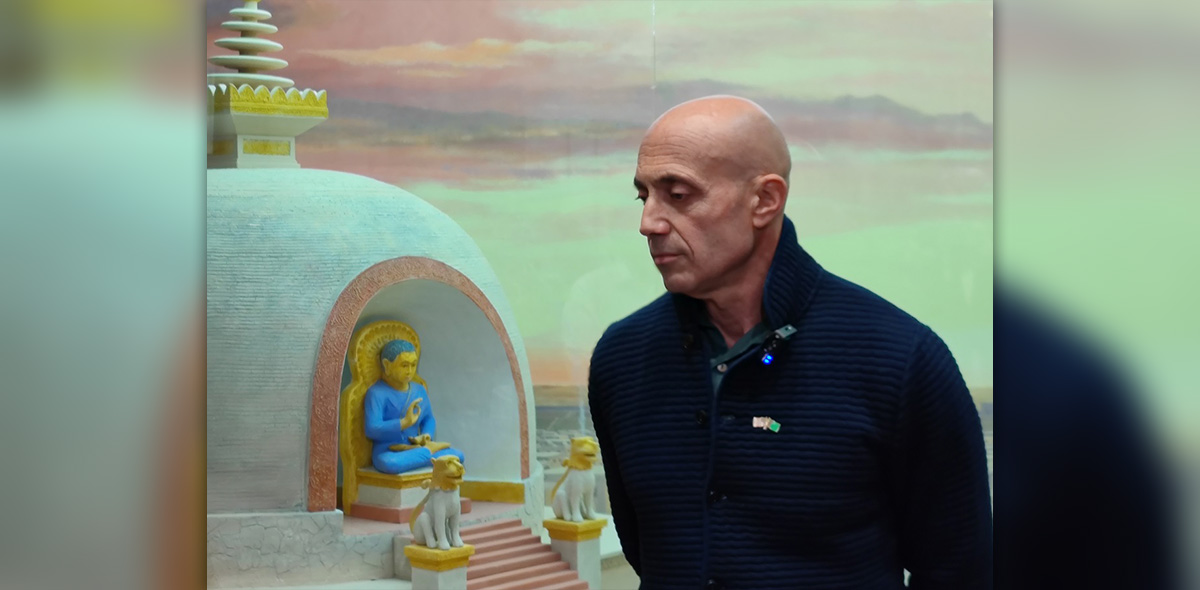
Fabio Colombo also admitted that for him, participation in this project is significantly different from the previous ones, as it gives him the opportunity to learn a lot.
– The fragment of sculpture we studied went through different stages and stages, and therefore it is very important and interesting to understand exactly what happened to it during these periods and how we can use modern technology to see how it looked at the very beginning, – said Colombo.
Giuseppe Salemi, in turn, also noted that it is a great pleasure for him to be a part of this project, and that photogrammetry, which has already been mentioned, is only the first part of the project, one of the types of technologies that is currently being used.
Structured light and a 3D laser scanner will also be used, as well as other innovations that will help to thoroughly study and document this monument with great accuracy in both 2D and 3D format.
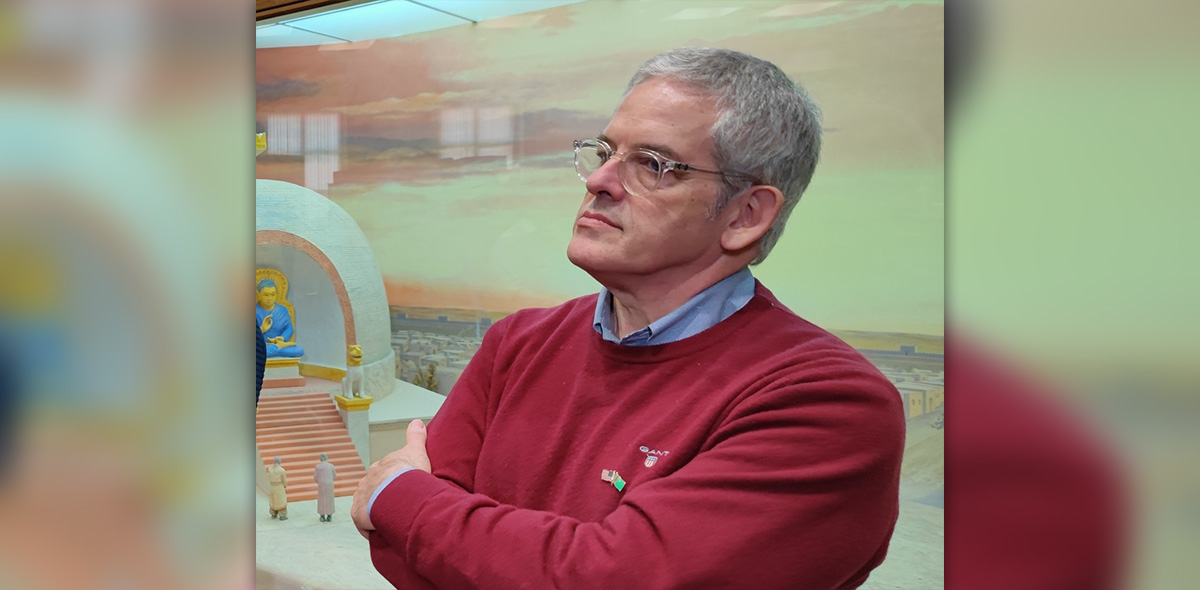
– The finale of this work will be the display of the Buddha's head so that people can come and see this unique monument. Another task is to recreate the monument in a 3D image. We have already applied and will continue to use 3D printing to recreate some structures that allow us to restore fragments and protect the artifact," Salemi said.
Susanna Gensike noted that when the group is not physically in Ashgabat, a lot of theoretical work is underway, solving other issues on the project, including in Padua, where Giuseppe Salemi teaches, and suggested that obvious results could be obtained by the end of next year.
Another expected and significant result will be the publication of scientific materials obtained during the project, Gensike concluded.
...Susanna Gensike, speaking about her previous visit to Turkmenistan, noted that she and her colleagues conducted initial studies important for the success of further restoration work.
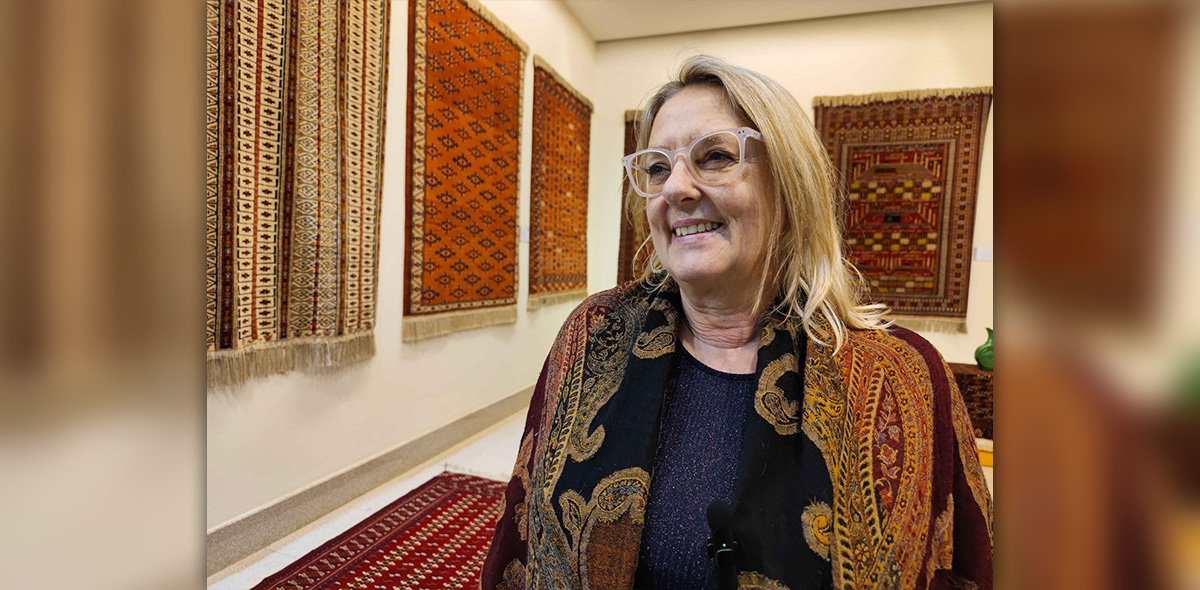
And in connection with that trip, she recalls with great pleasure a visit to the Carpet Museum, where unique works of carpet art of the Turkmen people are carefully preserved.
And let these photos taken a year ago be a reminder to her of that day.
Bekdurdy AMANSARYEV
